On 4 January 1967 Donald Campbell took his Bluebird K7 to the water for the last time. A turbo jet engine hydroplane, the craft allowed Campbell to set seven world water speed records during the later half of the 1950s and the 1960s.
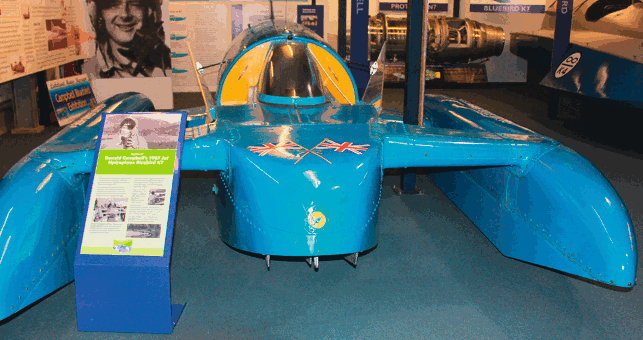
Bluebird K7 replica with sponsons
Its design and engineering was pioneering when launched in January 1955, adding nearly 100mph to the existing record, taking it to 276mph in 1964.
His quest to break the 300mph speed record on the Cumbrian lake of Coniston took place in order to drum up interest and funding for another attempt to better the land speed record he had held several times.
One of the all time great thrillseekers, Campbell pushed the boat, designed with speeds around 250mph in mind, to its limit.
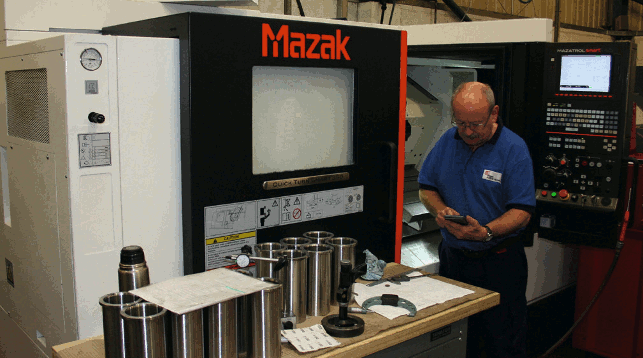
Mazak Turning Centre producing oil & gas parts at MKW
Out on the water the attempt ended in disaster, the K7 flipping dramatically and tragically killing Britain’s most notorious speed record breaker.
Five years after the original craft was raised from the lakebed, a team of engineers and enthusiasts decided to rebuild it, enlisting the charitable support from companies in the North East.
The full Bluebird K7 craft is being re-built around the original construction, although with many of the components no longer available the project is a painstaking process.
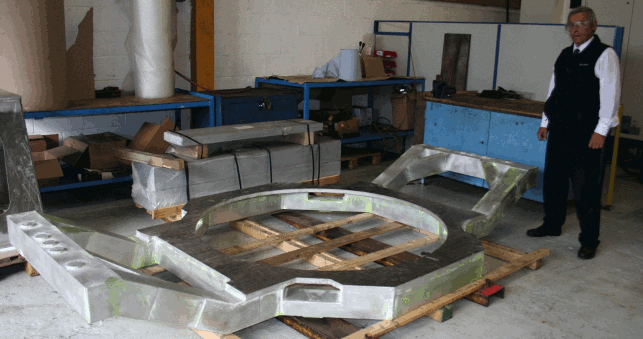
Typical satellite jig manufactured a MKW
Tyneside-based tooling company MKW Group provided its expertise to manufacture critical components that sit on the underside of the Bluebird’s sponsons.
At nearly 4m long, sponsons are the floating wings on each side of the craft; that during the final journey at 305mph were identified to be continually bouncing off the water.
Unfortunately when the sponsons bounced past the maximum 5.5 degree pitch angle the boat left the water resulting in the fatal crash.
MKW more commonly works with clients in the defence, aerospace and oil and gas industry, to produce complex components on its seven 5-axis machines.
With the capacity to machine jobs up to six metres long by two and a half metres wide, the majority of work at MKW is aluminium, stainless steels, duplex and titanium.
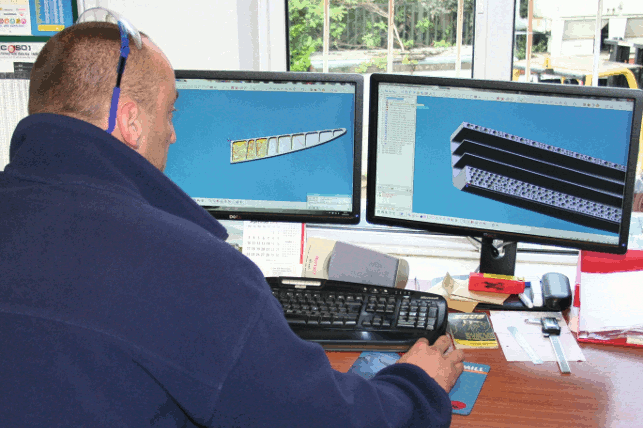
Programming of Bluebird sponson on right hand screen
With high material costs and the overall value of components after machining exceeding £25,000, getting the job ‘right first time’ takes on a new level of importance.
Having invested over six million pounds in new hardware, the company felt it needed to upgrade its CAM package to ensure they could manage complex toolpaths needed across the company’s twenty six CNC machines.
MKW adopted Open Mind’s HyperMILL, and with the new machines installed found new benefits, as programming times were slashed in half, and machining times being 30 per cent faster.
As well as physical gains, the ability to simulate part production before physical cutting, and post-processors for each individual machine, provided the confidence that the parts would emerge from the CNC machines as predicted.
Other benefits for MKW are the time saving features for the programmer, such as the one that lets them choose a feature on a part such as a hole, and the software automatically identifies all other holes with the parameters and calculates the tool paths accordingly to eliminate unnecessary tool changes.
This feature recognition has proved of major benefit on the sponsons manufactured for the Bluebird K7 project. Each of the two 1.8m long aluminium sponson parts has over 480 holes of differing diameters and HyperMILL reduces the tool changeovers and optimises tool paths with its feature recognition cycle.
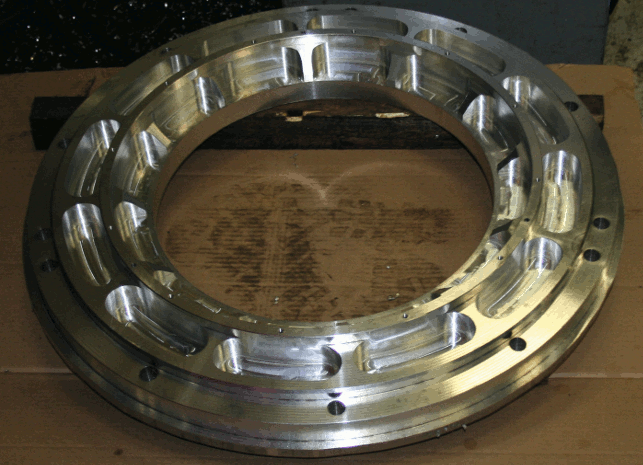
Typical oil & gas component at MKW
MKW also acquired the HyperMAXX roughing module, which helps avoid full cutting, sharp corners and edges in the path, thereby preventing abrupt changes in direction that drastically reduce the federate.
The Bluebird K7 project was the first to have the roughing module applied to it, and despite the sponson parts primarily consisting of holes and slots, the application of HyperMAXX shaved 20 per cent off the four hour machining cycle time for each part.
The sponsons are now attached to the rest of the craft, although it is still to be fully completed by the engineering team.
Upon its eventual completion in an estimated two years, the Bluebird K7 will sail on Lake Coniston and then be the centrepiece of a purpose built museum on the lakeside, a monument to pioneering engineering and the man that pushed it to the limit.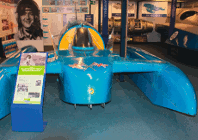
HyperMill 5-axis machining helps resurrect Donald Campbell’s legendary craft
Default






